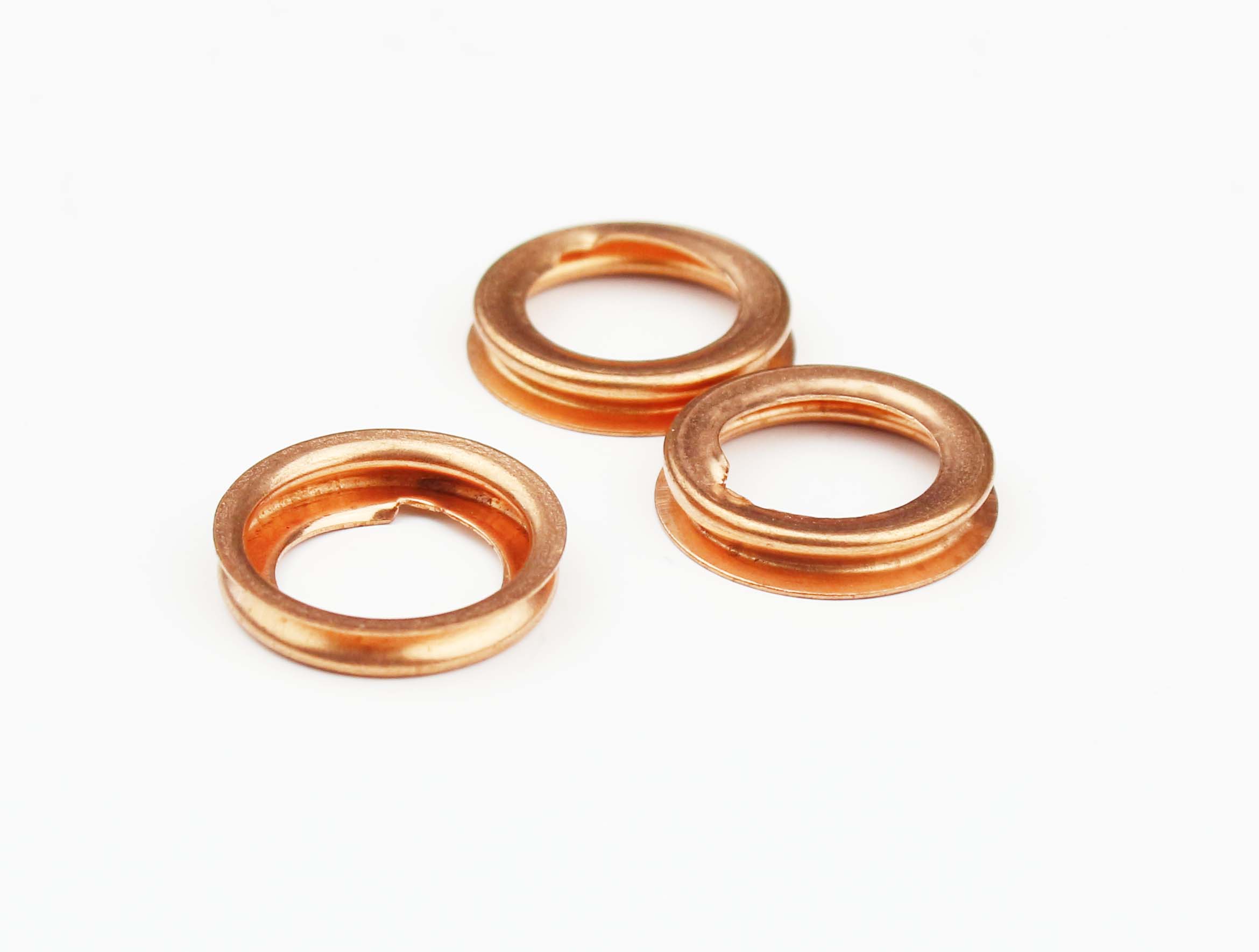Durable Flat Rubber Seals for Effective Gasket Performance and Enhanced Sealing Solutions
Understanding Flat Rubber Gasket Seals A Comprehensive Guide
Flat rubber gasket seals are essential components widely used in various applications, ranging from automotive to industrial machinery. Their primary function is to create a tight seal between two surfaces, preventing leaks of fluids and gases. This article provides an in-depth look at flat rubber gasket seals, their materials, applications, installation, and maintenance tips.
What are Flat Rubber Gasket Seals?
Flat rubber gasket seals are thin, flat pieces of rubber designed to fit between two mating surfaces. These seals can be manufactured from various types of rubber, including neoprene, nitrile, silicone, and EPDM, each possessing unique properties that make them suitable for different environments and applications. The flexibility of rubber allows these gaskets to conform to the surfaces they seal, providing a reliable barrier against leaks.
Materials Used in Flat Rubber Gasket Seals
1. Neoprene Known for its resistance to oils, ozone, and weathering, neoprene is an excellent choice for environments requiring a durable seal that can withstand temperature variations.
2. Nitrile (Buna-N) This synthetic rubber is particularly resistant to petroleum-based oils and fuels, making it ideal for automotive applications and machinery that operate with lubricants.
3. Silicone Silicone rubber gaskets can endure high temperatures, making them perfect for applications in HVAC systems and electrical appliances. They exhibit excellent flexibility and resilience.
4. EPDM Ethylene Propylene Diene Monomer (EPDM) is resistant to heat, oxidation, and UV radiation, making it suitable for outdoor applications and environments subject to fluctuating temperatures.
Applications of Flat Rubber Gasket Seals
Flat rubber gasket seals are utilized in numerous settings. Key applications include
- Automotive Industry Used in engine components, oil pans, and transmission cases, these seals help to prevent leaks of oil and other automotive fluids.
- Industrial Machinery Equipment such as pumps, compressors, and valves frequently employ flat rubber gasket seals to ensure proper functioning and minimize downtime due to leaks.
- HVAC Systems Seals in air conditioning and heating systems help maintain pressure and prevent the escape of refrigerants.
flat rubber gasket seal

- Plumbing Gaskets are often used in faucets, valves, and fixtures to create watertight connections
.Installation of Flat Rubber Gasket Seals
Proper installation is crucial for the effectiveness of flat rubber gasket seals. Here are some steps to ensure a successful installation
1. Surface Preparation Ensure that the mating surfaces are clean, dry, and free of debris or old sealant. A smooth surface will enhance the gasket's ability to create a tight seal.
2. Selecting the Right Gasket Choose a gasket made from material appropriate for the application and environment. Consider factors such as temperature, pressure, and exposure to chemicals.
3. Alignment Carefully align the gasket with the holes or surfaces of the components being joined. Misalignment can lead to uneven compression and increase the risk of leaks.
4. Torque Specifications Follow manufacturer’s torque specifications when tightening bolts or screws. Over-tightening can deform the gasket, while under-tightening can lead to leaks.
Maintenance and Inspection
Regular maintenance and inspection of flat rubber gasket seals can prolong their lifespan and ensure their effectiveness. Here are some tips
- Visual Inspections Regularly check for signs of wear, such as cracking, swelling, or hardening of the rubber material.
- Leak Testing Conduct routine leak tests to identify any potential failures early on.
- Replacement Replace gaskets at the first sign of damage or wear to prevent system failure.
Conclusion
Flat rubber gasket seals play a vital role in a multitude of industries by providing effective sealing solutions. Understanding the materials, proper installation techniques, and maintenance practices is essential for maximizing the performance and durability of these seals. Whether in automotive applications, industrial machinery, or everyday plumbing, the right gasket can make all the difference in preventing leaks and ensuring operational efficiency.
-
Understanding Automotive Oil Seals: Essential Components for Engine and Shaft Protection
News Jul.30,2025
-
The Importance of Heavy Duty Seals in Industrial and Residential Applications
News Jul.30,2025
-
Exploring Industrial Oil Seals: From Felt Oil Seals to TTO and CFW Solutions
News Jul.30,2025
-
Essential Guide to Oil Seals: From Radial to Metal-Cased Seals for Industrial Reliability
News Jul.30,2025
-
Choosing the Right Oil Seals and Gaskets for Industrial and Automotive Applications
News Jul.30,2025
-
Cassette Seals: Durable Sealing Solutions for Harsh Environments
News Jul.30,2025
-
Understanding the Front Main Engine Seal: Purpose, Maintenance, and Installation
News Jul.29,2025
Products categories















